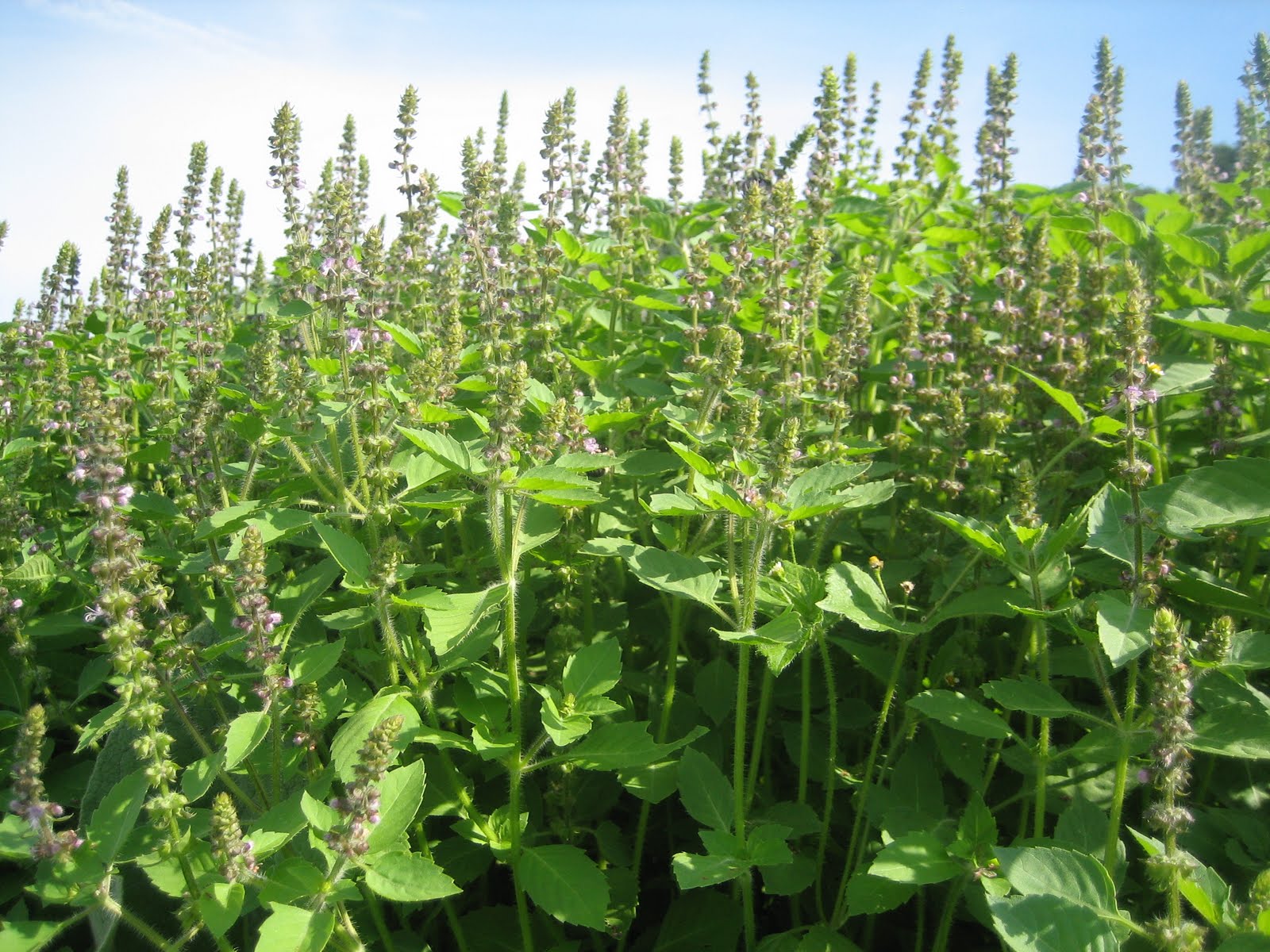Holy basil plant seeds hold the key to unlocking a world of health and culinary delights. With their rich history and versatility, these seeds offer a unique opportunity to explore the wonders of nature and enhance our well-being.
From ancient medicinal practices to modern culinary creations, holy basil seeds have left an enduring mark on cultures around the globe. Their cultivation, medicinal uses, and culinary applications form an intricate tapestry of knowledge that continues to inspire and captivate.
Cultivation and Care

Cultivating holy basil from seeds requires careful attention to specific environmental conditions and cultural practices to ensure optimal growth and yield. This section delves into the ideal conditions, sowing techniques, watering schedules, and fertilization practices for successful cultivation.
Sowing
Holy basil seeds are typically sown directly into the soil in warm climates. The ideal time for sowing is during the spring or early summer, when soil temperatures have reached at least 60°F (15°C). Sow the seeds 1/4 inch deep in well-drained soil and space them 6-8 inches apart.
Watering, Holy basil plant seeds
Water holy basil plants regularly, especially during hot and dry weather. The soil should be kept moist but not waterlogged. Avoid overwatering, as this can lead to root rot. Water the plants at the base, avoiding the leaves, to prevent fungal diseases.
Fertilizing
Fertilize holy basil plants every 4-6 weeks with a balanced fertilizer. A fertilizer with an NPK ratio of 10-10-10 is suitable. Avoid over-fertilizing, as this can lead to excessive vegetative growth and reduced essential oil production.
Sunlight
Holy basil plants thrive in full sun to partial shade. They require at least 6 hours of direct sunlight per day for optimal growth and essential oil production. If grown in partial shade, the plants may become leggy and produce fewer leaves.
Soil Type
Holy basil plants prefer well-drained, loamy soil with a pH between 6.0 and 7.0. The soil should be loose and fertile, allowing for proper root development and nutrient uptake. Heavy or clay soils should be amended with organic matter to improve drainage.
Temperature
Holy basil plants are warm-season crops and prefer temperatures between 70-85°F (21-29°C). They can tolerate temperatures as low as 55°F (13°C) but may become stunted in growth. Protect the plants from frost and cold temperatures, as they are susceptible to damage.
Medicinal Uses and Benefits

Holy basil has been used in traditional Ayurvedic medicine for centuries to treat various ailments. Modern research has validated many of these traditional uses and identified several active compounds responsible for its therapeutic effects.
Active Compounds and Health Benefits
Holy basil contains numerous active compounds, including eugenol, rosmarinic acid, and ursolic acid. These compounds have antioxidant, anti-inflammatory, and adaptogenic properties.
- Antioxidant activity: Holy basil helps protect cells from damage caused by free radicals.
- Anti-inflammatory activity: It reduces inflammation throughout the body, potentially benefiting conditions like arthritis and asthma.
- Adaptogenic properties: Holy basil helps the body adapt to stress and anxiety, improving overall well-being.
Role in Treating Various Conditions
Holy basil has been shown to have therapeutic effects in treating various conditions, including:
- Stress and anxiety: Its adaptogenic properties help reduce stress hormones and promote relaxation.
- Inflammation: Its anti-inflammatory compounds help alleviate symptoms of conditions like arthritis and inflammatory bowel disease.
- Immune function: Holy basil supports the immune system, helping to fight infections and improve overall health.
Culinary Applications: Holy Basil Plant Seeds

Holy basil leaves are widely used in culinary applications, particularly in Southeast Asian cuisine. They possess a unique flavor and aroma that complements a variety of dishes.
The leaves have a slightly pungent, peppery taste with hints of anise and licorice. This distinct flavor profile makes them an excellent addition to stir-fries, curries, soups, and salads. Holy basil is also commonly used in Thai dishes, such as Pad Thai and Tom Yum soup, where it adds a spicy, aromatic note.
Incorporating Holy Basil into Dishes
Incorporating holy basil into dishes is simple and versatile. The leaves can be used fresh, dried, or frozen. Fresh leaves offer the most intense flavor, while dried leaves provide a more concentrated flavor and can be stored for longer periods.
When using fresh holy basil, simply add the leaves towards the end of cooking to preserve their delicate flavor and aroma. For dried holy basil, use a smaller quantity as it is more potent.
Holy basil pairs well with other herbs and spices, such as garlic, ginger, lemongrass, and chili peppers. It also complements a variety of vegetables, including tomatoes, onions, and bell peppers.
Recipes and Ideas
Here are a few ideas for incorporating holy basil into your cooking:
– Add fresh holy basil leaves to stir-fries for a spicy, aromatic touch.
– Use dried holy basil in curries and soups to enhance their flavor.
– Sprinkle holy basil over salads for a refreshing and flavorful addition.
– Create a holy basil pesto by combining holy basil leaves, olive oil, Parmesan cheese, and pine nuts.
– Use holy basil leaves as a garnish for cocktails and mocktails.